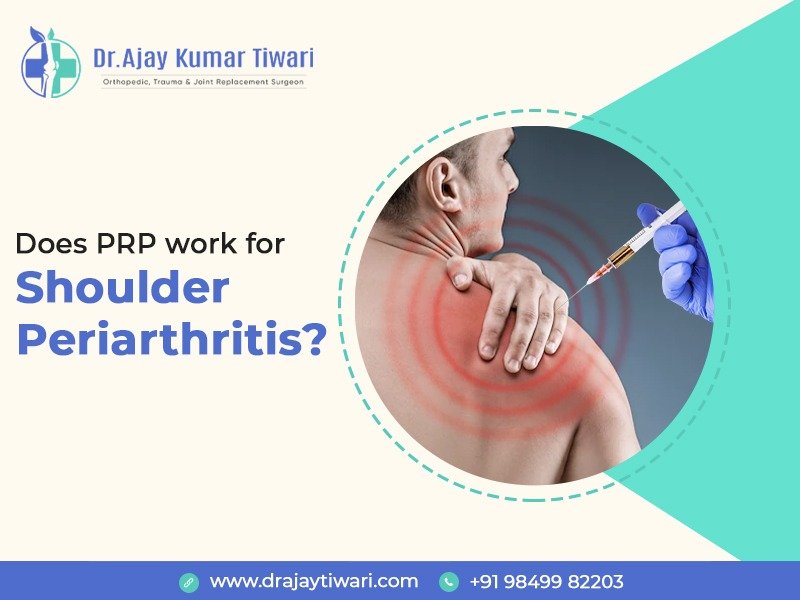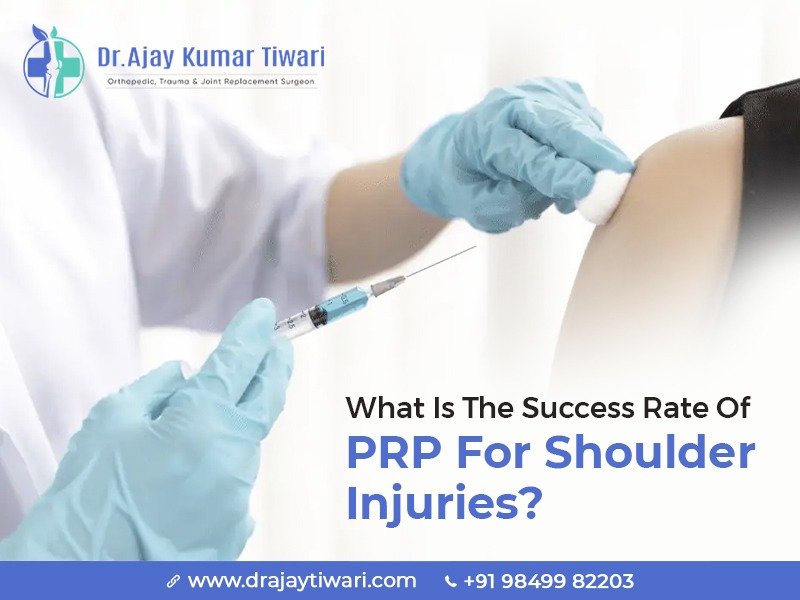Robotic Knee Replacement vs Traditional Knee Replacement Surgery
Both robotic and traditional knee replacements aim to treat severe knee problems that involve replacing damaged knee parts with prosthetics. Traditional knee replacement has been used over the past few decades, whereas the robotic procedure came into existence a few years ago. Advancements in technology, especially in medicine, have revolutionised healthcare by inventing devices that make medical procedures simpler and more effective. Robotic procedures are among the greatest inventions, particularly in orthopaedic field, which has witnessed significant advances in treating knee problems like osteoarthritis and other severe knee-related conditions. Robotic-assisted knee replacement surgery is one of the technological advancements that offers the
Bone And Joint problems in children
Everyone cares about their children, though you need to be extra careful about their health. The present generation is at greater risk of many health-related problems due to their sedentary lifestyles. They might also face different bone and joint problems, which are medically called musculoskeletal disorders. Bone disorders can be caused by injuries, infections, or lack of nutrition, as they occur as part of a child's growth. Considering the present-day health condition, a lot of factors are causing musculoskeletal problems. Musculoskeletal disorders are conditions that can affect your muscles, bones, and joints. In recent times, obesity has become a big concern
Knee Replacement – Post Surgical Care
Problems with knee joints are becoming more common, which particularly affects a significant number of people in India. However, the incidence may vary based on various factors like age, gender, lifestyle, etc. Knee joint problems can affect anyone and are more prevalent in older adults. Knee pain interferes with certain daily activities like walking, sitting, and climbing stairs, making it difficult to perform essential tasks like moving here and there. Initially, most people try non-surgical treatment options such as pain medicine, steroid injections, physical therapy, muscle-strengthening exercises, nutritional supplements, etc., and some may succeed in getting positive outcomes. However, if the knee
Does PRP work for shoulder periarthritis?
Though the shoulder joint is complex, it is one of the most flexible joints in the human body. This joint is made up of several bones, muscles, and tendons that work together to provide flexibility, which also allows a wide range of motion. However, the complex nature of the shoulder joint places it at risk of developing various conditions and makes it prone to injuries such as rotator cuff tears, adhesive capsulitis, and shoulder periarthritis. Periarthritis Periarthritis is a kind of arthritis that is painful and mostly affects the surrounding parts of a single joint. Though it can affect any joint in
What is the success rate of PRP for shoulder injuries?
The shoulder joint is one of the most complex and highly flexible joints in our body. It is surrounded by a number of bones, muscles, tendons, and ligaments that together provide stability and free movement. Being the most used joint in the body and having a high extent of mobility, it is prone to several injuries and conditions. Fortunately, the medical industry has developed a way to address almost every kind of shoulder problem. However, the type of treatment depends on the specific shoulder problem diagnosed, its severity, and the personal situation of the patient. The treatment options may include rest,
Do’s and Don’ts after knee replacement surgery
Knee replacements, often called knee arthroplasty, are common surgeries typically suggested for people who have serious knee problems that may result in pain and limit their functions. Some of the common knee problems that require knee replacement are as follows: Osteoarthritis (OA) Rheumatoid Arthritis (RA) Post-Traumatic Arthritis Avascular Necrosis Knee Deformities Previous Knee Surgeries That Have Failed Tumors Knee Infections Trauma Knee replacement surgery can change a person's life since it enables them to resume their regular activities without worrying about pain or limitations. Every year, thousands of people in India undergo either total knee replacement surgery or partial knee replacement
The healthy impact PRP can have on your Knee Pain
As we age, knee pain becomes more common, affecting both men and women alike. This discomfort in the knee joint is a common medical concern, usually experienced alongside other joint-related problems. Athletes and other people who engage in physically strenuous activities that largely rely on their knees often suffer from common knee problems like pain and stiffness. In the past, people with chronic knee pain had limited choices: live with it or choose knee replacement surgery. Thankfully, there are many different treatments available today that can reduce uncomfortable symptoms and enhances your knee function sa well. Dr. Ajay Kumar Tiwari, one of
PRP: A Game-Changer for Joint Pain
If you are living with joint pain, your overall well-being and quality of life will likely drop due to these joint pains. There are many causes for your joint pain—be it the outcomes of osteoarthritis, the wear-and-tear due to the natural ageing process, or a past sports or workplace injury—rest assured, Dr. Ajay Kumar Tiwari and his team are here to provide the required service you need. Platelet-Rich Plasma (PRP) is a revolutionary therapy for joint pain, it is an advanced treatment option suggesting many joint specialists because it can boost your body's natural healing process to enhance tissue regeneration. Being
Platelet Rich Plasma for Knee Osteoarthritis: When it works, when it does not work
Platelet Rich Plasma (PRP) therapy is a new and innovative regenerative treatment method that has been studied for various musculoskeletal disorders over the years, including knee osteoarthritis. In PRP, platelets are extracted and then concentrated from the patient's own blood, which results in a solution that is high in growth factors and other bioactive ingredients. The next step is to administer this concentrated PRP solution through an injection into the injured location, in this example, the knee joint, with the intention of accelerating tissue healing and regeneration. When it comes to knee osteoarthritis, PRP therapy is an advanced and viable treatment
Precautions After PRP Knee Treatment: What to Do & What to Avoid
PRP (Platelet-Rich-Plasma) is an effective and non-invasive procedure for treating chronic and severe knee pain. It is proven that PRP can help the joints to recover faster using your own blood cells and healing factors. These growth or healing factors help reduce inflammation, and improves blood flow, and pain. The PRP treatment involves collecting a blood sample and then it is placed in a centrifuge device to separate the platelet-rich plasma from the blood. Now, the concentrated solution is injected into the injury site to promote the healing process. However, there are certain precautions to be taken during the recovery phases











